The exhibition “Huussi: Imagining the Future History of Sanitation,” presented at the Venice Architecture Biennale 2023 by Finland’s Pavilion, explores the architecture of water and nutrient circulation, challenging the traditional water toilet and its implications for the future. The exhibition takes its inspiration from the Finnish word “huussi,” which refers to an outhouse or compost toilet commonly used in rural areas and holiday homes in Finland.
Curated by Arja Renell and created by her and The Dry Collective, the exhibition aims to encourage professionals to envision alternative solutions for managing wastewater. Arja Renell, the curator, explains, “Huussi is a starting point for finding alternative solutions to managing wastewater, inspiring professionals to envision new sanitation solutions.” The exhibition raises important questions about the consequences of waste in the context of the ongoing climate crisis. According to the curatorial team, “The world cannot afford to continue wasting scarce drinking water and polluting rivers and oceans with biohazardous waste; the entire system needs to change.”
Highlighting the environmental impact, the curatorial team emphasizes that in developed economies, 30% of domestic water usage is attributed to flushing toilets, and approximately 80% of wastewater is released into the environment without treatment. This process not only leads to environmental damage but also contributes to nitrogen pollution and greenhouse gas emissions, comparable to the aviation industry. Arja Renell further adds, “This process leads to extensive environmental damage and nitrogen pollution, contributing to global greenhouse gas emissions and CO2 emissions compared to the aviation industry.”
Also, the exhibition at Pavilion of Finland considers socio-economic development. Arja notes, “Additionally, phosphorus fertilizers are obtained through mining, with the largest phosphorus resources concentrated in locations such as Morocco. However, these resources are unevenly distributed globally, and multinational corporations often acquire them, making the fertilizers expensive.”
The exhibition aims to challenge the prevailing notion of the flushing toilet as the epitome of convenience and hygiene. Arja points out, “The flushing toilet is a perfect product of the consumerist era – convenient, hygienic within the home, and low maintenance. It’s another example of a technology that is wasteful, globally unequal, and ecocidal to which we’re all hooked in developed economies.” The exhibition encourages visitors to critically examine the current sanitation systems and explore alternative solutions that are more sustainable and ecologically conscious.
Arja emphasizes the exhibition’s focus on addressing important topics in contemporary architecture, such as sustainability, social equality, and economic development. In response to our question regarding these concerns, Arja explains:
“This aspect is crucial in striving towards a better-functioning world. The current system of the flushing toilet, for instance, not only wastes water—a resource that is depleting in many parts of the world—but also poses significant problems. Water should not be squandered in this manner, especially considering that there are people who lack access to sufficient water. If we continue at this rate, we will encounter serious issues, and some regions are already experiencing severe water scarcity.”
In their exploration of alternative sanitation solutions, the exhibition draws upon vernacular practices that were once prevalent before the era of consumerism. The aim is to address the unsustainable use of drinking water and the pollution caused by biohazardous waste. Arja Renell highlights, “We need to revisit vernacular solutions that were once common and effective. The world cannot afford to keep wasting scarce drinking water, polluting rivers, and oceans with biohazardous waste; the entire system needs to change.”
The Pavilion of Finland, designed by renowned Finnish architect Alvar Aalto, serves as the perfect backdrop for the exhibition. Aalto’s architectural legacy, known for its harmony with nature, complements the exhibition’s theme of ecological consciousness. The Pavilion, located in the Giardini in Venice, provides a serene and contemplative space for visitors to engage with the ideas and proposals put forth by the exhibition.
From May 20 to November 26, 2023, the exhibition will be open to the public, inviting architects, designers, and visitors from around the world to explore and reimagine the future of sanitation. Arja Renell expresses the goal of the exhibition, stating, “Our aim is to provoke a reevaluation of the current sanitation systems and inspire architects and designers to develop new approaches that are more sustainable and ecologically conscious.”
Through thought-provoking installations, conceptual designs, and interactive experiences, “Huussi: Imagining the Future History of Sanitation” challenges the status quo and encourages a paradigm shift in how we view and manage wastewater. It serves as a wake-up call to the urgent need for innovative solutions in the face of the pressing climate crisis.
As visitors immerse themselves in the exhibition, they will be confronted with the stark realities of our current sanitation practices and inspired by the possibilities of a future where water and nutrients are efficiently circulated and waste is transformed into a valuable resource.
*The article was prepared according to the interview with Arja Renell, curator of the Pavilion of Finland. For more information, please contact PA.




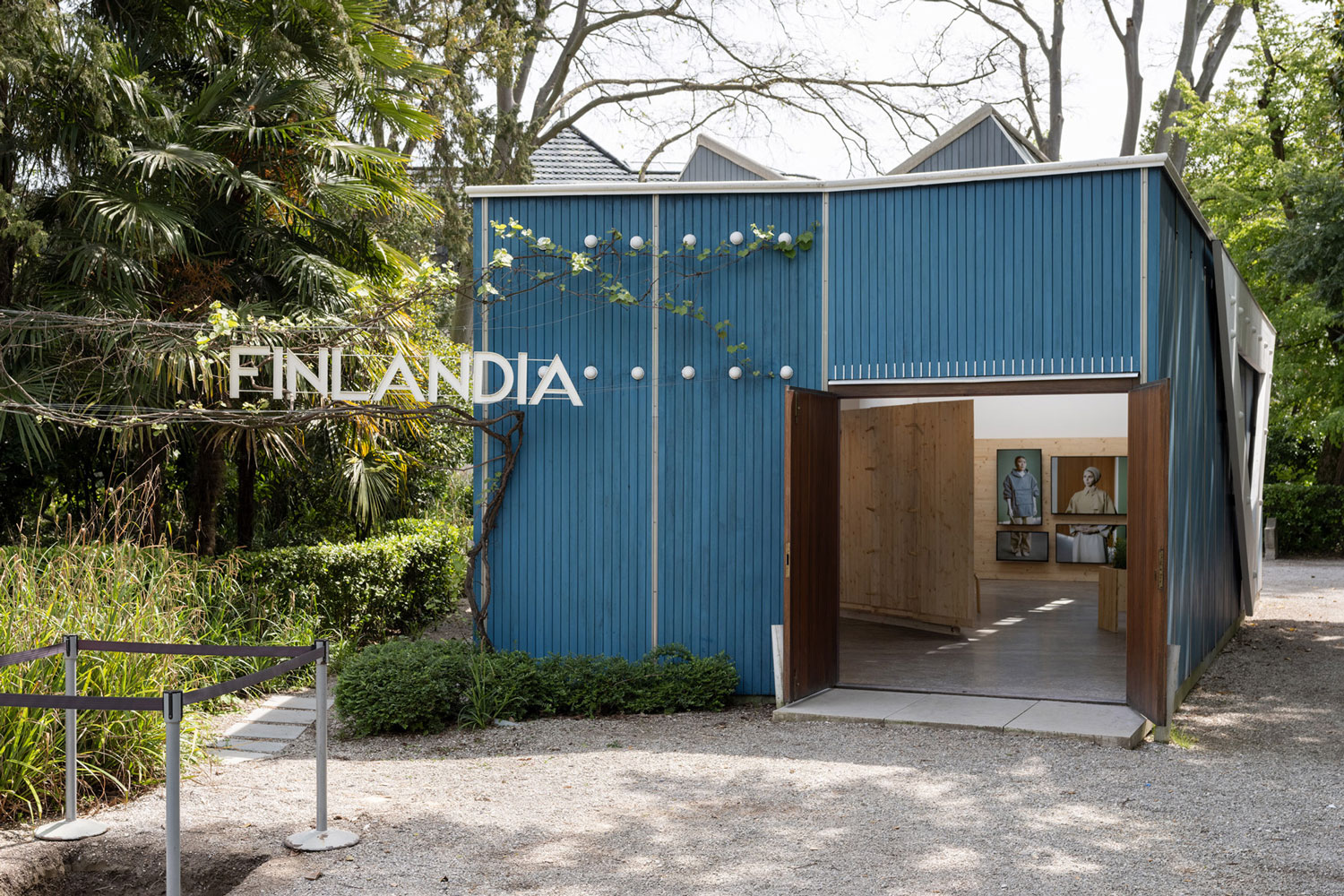
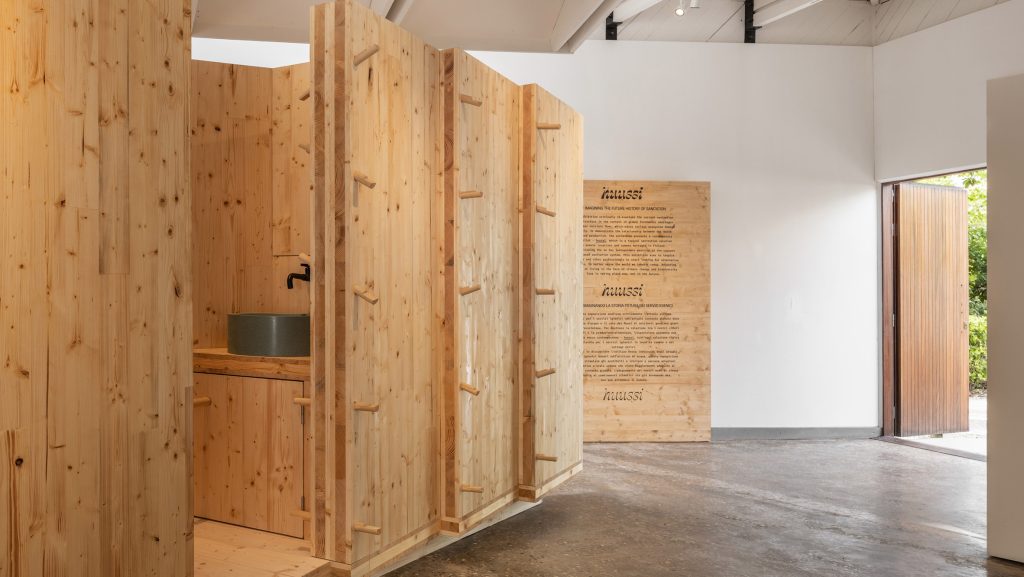
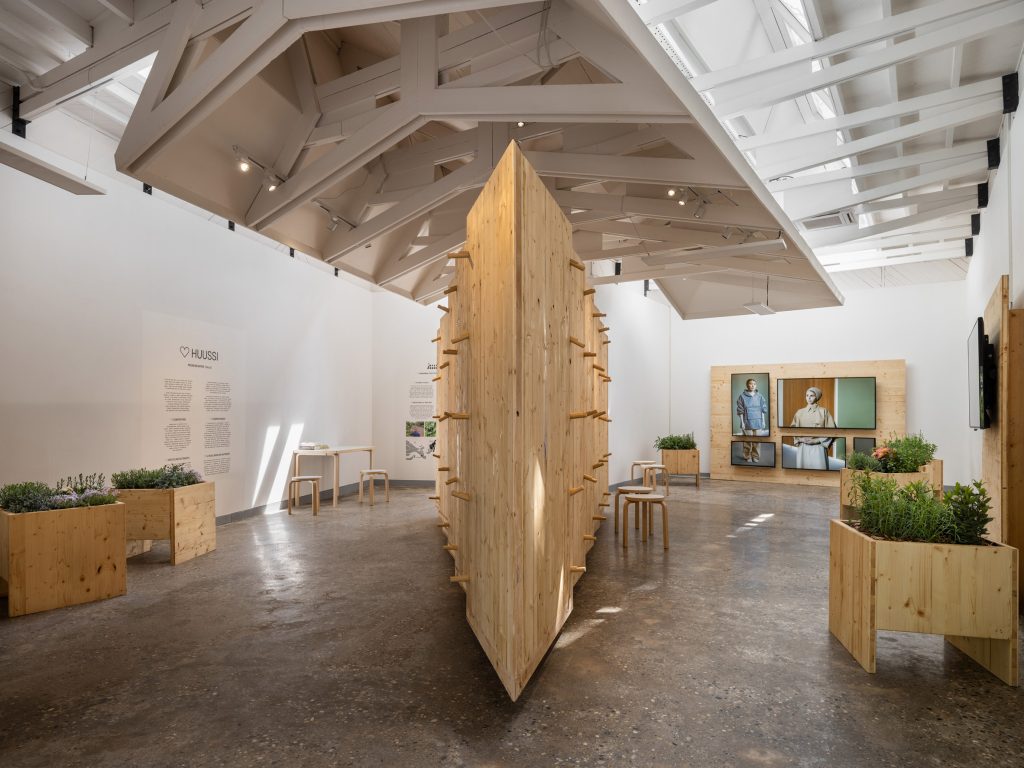
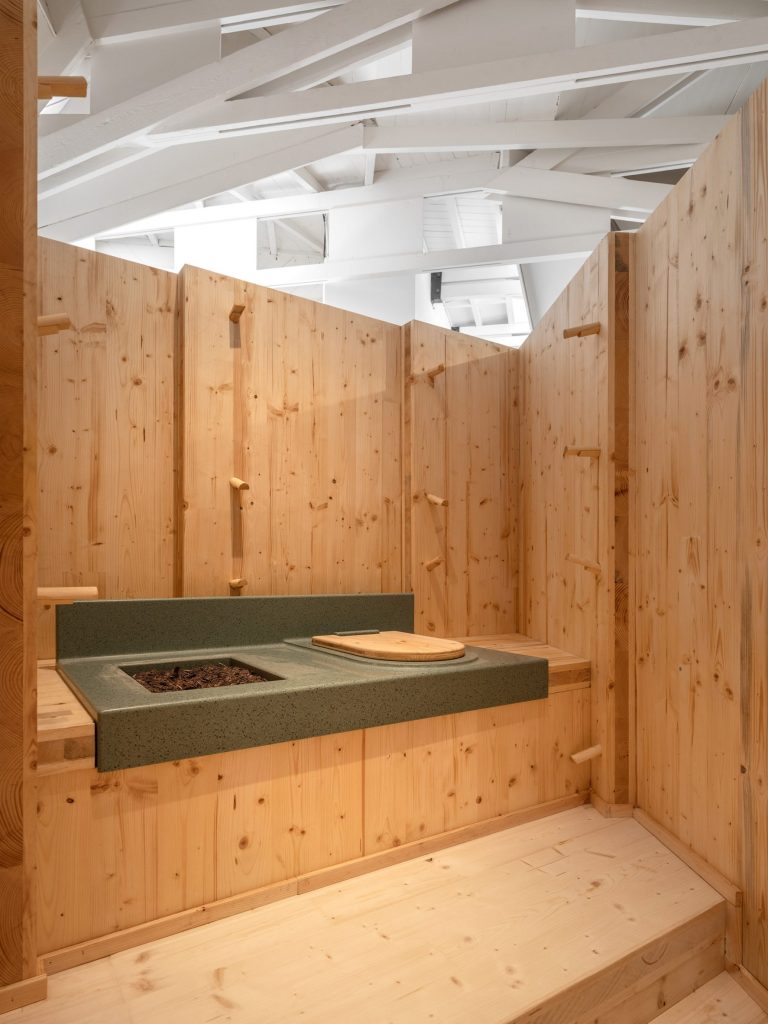
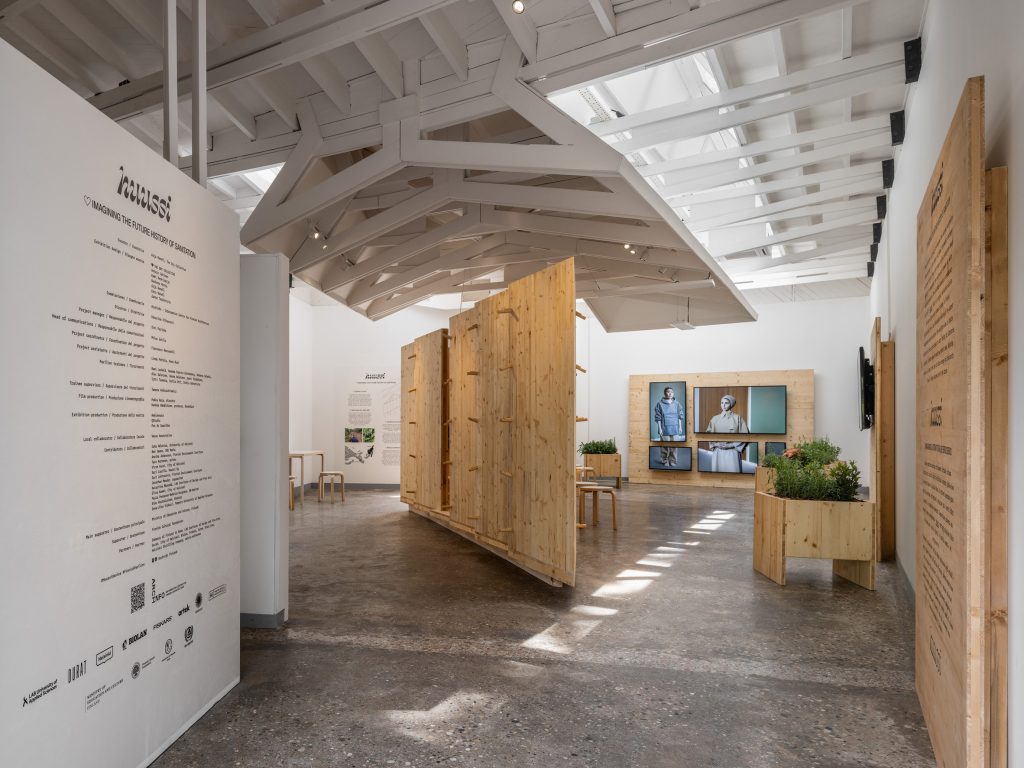














Leave a comment